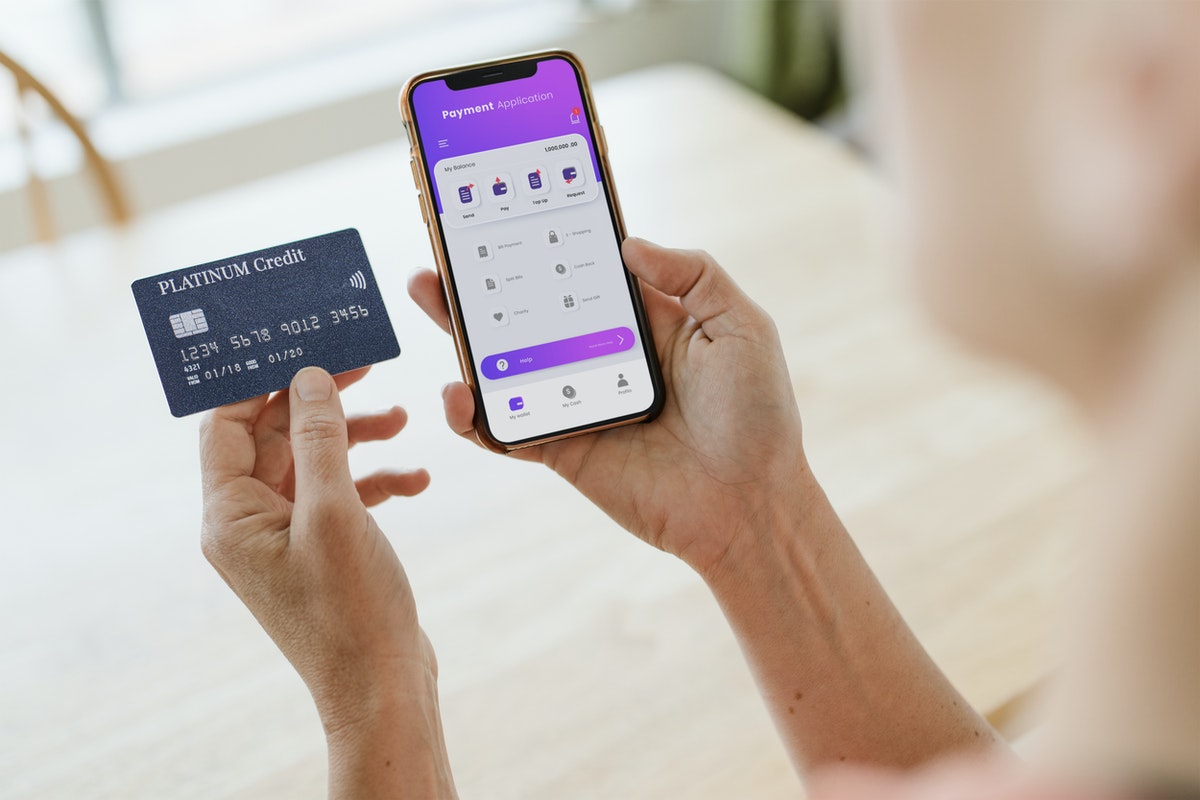As the COVID-19 pandemic has taught us, ecommerce is no longer an “option” for retail.
If you want to stand any chance of survival, you’ve got to adapt your strategy and offer your products and services online to appease today’s demanding, always-connected consumers.
We don’t need to tell you the benefits of ecommerce – overcome geographical limitations, win customers via SEO and PPC, lower trading costs, operate 24/7 and develop a market for niche products. Below, we’ve put together some fresh, eye-opening statistics on selling your merchandise online that may just reshape your ecommerce strategy in 2020 and beyond.
Primark lost £650m by avoiding ecommerce
Primark is the UK’s biggest fashion retailer, but by failing to adapt to changing consumer behaviour – and, of course, being forced to close retail stores due to the COVID-19 crisis – Primark went from £650 million in sales in March to £0 in April.
They previously suggested the ecommerce model did not work for them, as the cost of delivery and logistics would have cut into their already-tight profit margins, but many expect a change of heart post-pandemic.
43% uncomfortable shopping in stores
Though some parts of the UK are planning to reopen their retail stores next month, a survey from Ipsos Mori has suggested that 43% of Britons would feel “uncomfortable” shopping in stores – other than in supermarkets – until a vaccine was found, preferring click-and-collect and ecommerce as an alternative. In a separate study from Retail Economics, a quarter said that the coronavirus pandemic would “permanently” change their buying behaviours.
Brands who pushed marketing report “unprecedented” growth
The economic uncertainty surrounding the coronavirus pandemic has undoubtedly changed the way marketers think about their budgets; some stopped marketing altogether, others cut their budget, and others upped their budget to maximise brand exposure during the crisis.
A Digital Commerce 360 report found that ecommerce brands who cut their marketing spend saw sales drop by 40%, those who maintained their spend saw sales increase by 7%, and those who “aggressively pushed” their marketing saw ecommerce sales increase by 70%.
59% will spend more online post-crisis
According to ChannelAdvisor and Dynata, ecommerce will become the “new norm” in a post-pandemic world, with 59% of 25-36-year-olds saying their increased online shopping will continue once the world returns to a more normal state of affairs. 42% of 36-45-year-olds and 31% of 56-65-year-olds said they’d also increase their ecommerce spend in the future.
On the other hand, just 6% said that they’d make more of an effort to shop in-store to support small businesses, suggesting that coronavirus will accelerate ecommerce and have a lasting impact on our buying habits – and, overall, it’s not good news for physical retailers.
70% shop for free delivery
Though ecommerce has forced many traditional consumers into shopping online, availability isn’t the only reason why consumers choose a particular ecommerce store. According to a survey from The Drum, 90% of consumers are now spending more online than they were before the pandemic, and 70% said the top reason for choosing one brand over another was free shipping. Factor shipping costs into your product pricing to replicate the Amazon-effect; a separate study found that orders with free shopping average around 30% higher in value.
What’s more, 61% say they’re “likely” to cancel a purchase if free shipping isn’t available, and 93% of buyers are encouraged to buy more if it means they’ll qualify for free shipping.
Did these COVID-19-related ecommerce statistics surprise you? Let us know your thoughts over on Twitter and check back soon for more news from Zudu. If you’re thinking about making the transition to an online store and need support, reach out to our web and app developers – who specialise in ecommerce and conversion optimisation – on 01382 690080.



